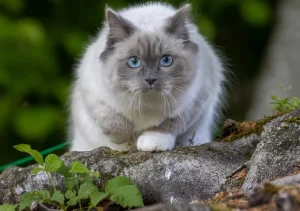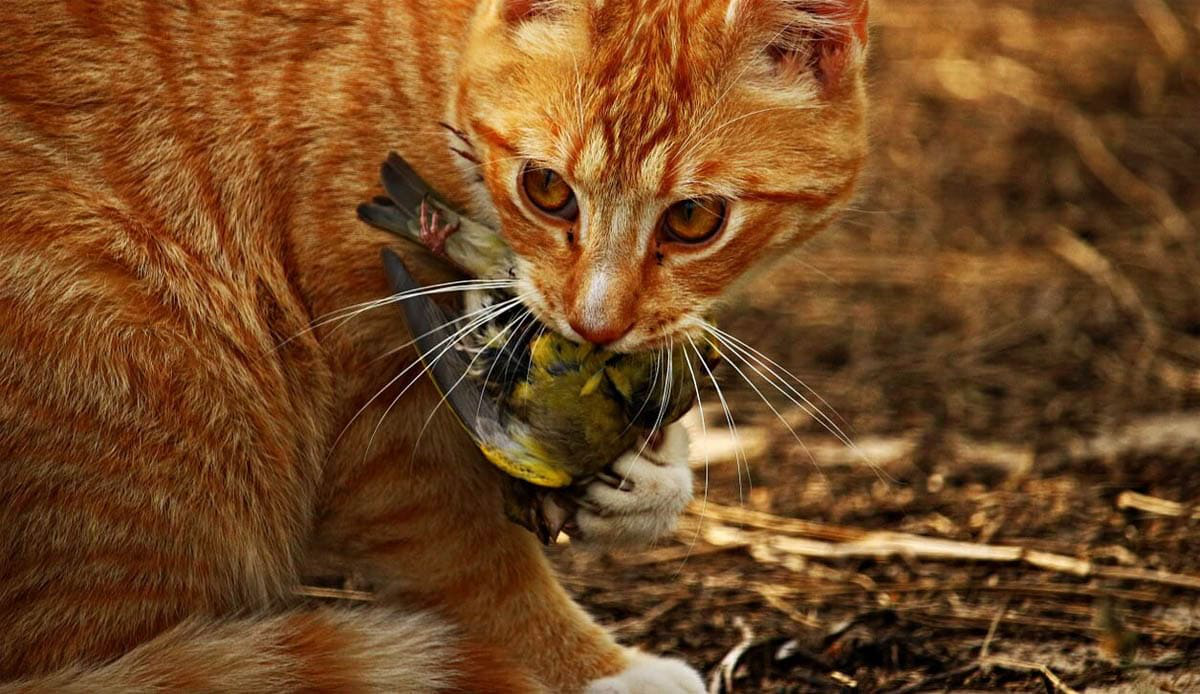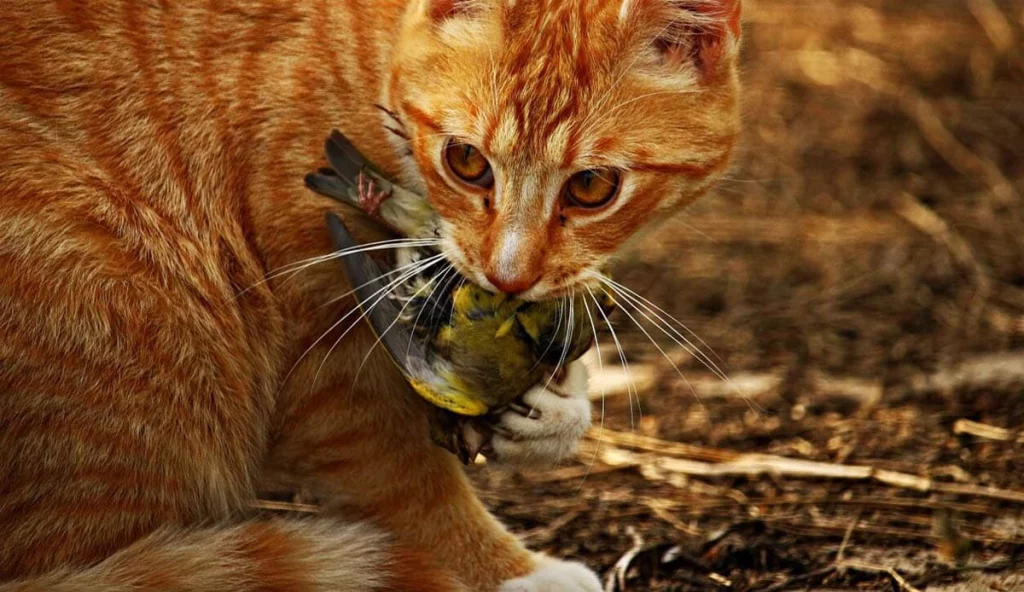Cats are beloved pets known for their grace, agility, and endearing personalities. But what if they were as large as tigers? Imagine a world where domestic cats roamed the streets, matching the size and power of their wild cousins. In this article, we will explore the hypothetical scenario of cats being the same size as tigers, delving into the potential changes in behavior, habitat, and interactions with humans.
Evolution and Physical Attributes
Adaptations for a Larger Size
If cats were as large as tigers, their bodies would need to undergo significant changes to accommodate the increased size and weight. Their bones, muscles, and ligaments would need to be stronger and more robust to support their larger frames. The skeletal structure would likely resemble that of tigers, with a sturdy backbone, powerful limbs, and sharp retractable claws.
Enhanced Senses and Hunting Abilities
The senses of cats are already highly attuned, but if they were the size of tigers, their senses would likely become even more acute. Their excellent night vision would allow them to navigate their surroundings even in the darkest of nights. Their hearing would become more sensitive, enabling them to detect prey or potential threats from a greater distance. Additionally, their sense of smell would be heightened, aiding them in tracking down prey over long distances.
Behavior and Habitat

Hunting and Prey Selection
With their increased size, cats would require a much larger volume of food to sustain themselves. They would need to hunt larger prey, potentially targeting animals like deer, antelope, or even small livestock. The hunting techniques used by domestic cats, such as stalking and pouncing, would likely remain the same, albeit on a larger scale.
Territorial Behavior
Cats, both domestic and wild, are known for their territorial nature. If domestic cats were the size of tigers, their territorial instincts would likely intensify. The need for larger hunting grounds would lead to increased competition for territory among these giant feline creatures. This could result in more frequent conflicts and territorial disputes, potentially altering the dynamics of the human-cat relationship.
Habitat and Environment
The habitat requirements of cats would change drastically if they were as large as tigers. Domestic cats, which currently thrive in urban and suburban areas, would need much larger spaces to roam and hunt. Urban environments might struggle to accommodate these giant felines, leading to a shift in their preferred habitats. Natural areas and wildlife reserves would become their new hunting grounds, necessitating efforts to ensure the coexistence of cats and other wildlife.
Interactions with Humans

Potential Dangers and Safety Concerns
If domestic cats were as large as tigers, interactions with humans would pose new challenges and safety concerns. Their increased size and strength could make them more dangerous, especially if they felt threatened or agitated. Owners would need to take extra precautions to ensure the safety of themselves and others. Additionally, the risk of property damage would also increase, as these giant cats would require more space and resources to meet their needs.
Conservation and Preservation Efforts
The conservation and preservation of these larger cats would become a pressing issue. Just as tigers are protected in the wild, measures would need to be put in place to safeguard the well-being of these giant domestic cats. Conservation organizations would need to work closely with communities to create suitable habitats and implement responsible ownership practices to ensure the survival of these magnificent creatures.
Conclusion
While the idea of cats being the same size as tigers is purely hypothetical, it offers an intriguing glimpse into a world where these domestic companions evolve into awe-inspiring giants. The transformations in behavior, habitat, and interactions with humans would undoubtedly reshape the dynamics between felines and their surroundings. However, it is essential to remember that cats, regardless of their size, bring joy, companionship, and love into our lives, making them cherished members of our families.

